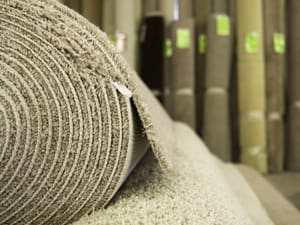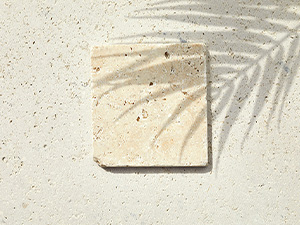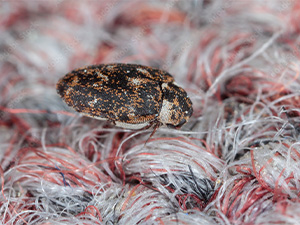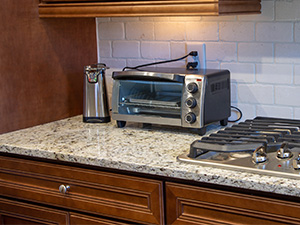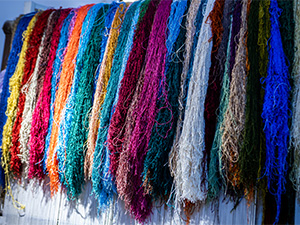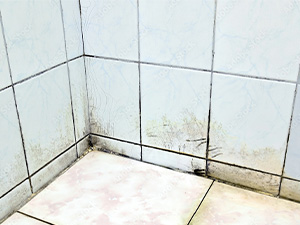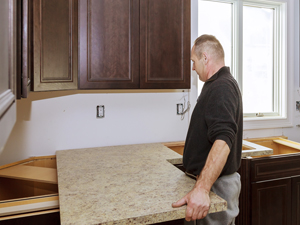
Stone Fabrication. Stone Restoration. What’s the Difference?
Are you considering natural stone as a material for your kitchen or bath new construction or renovation plans? You’ll need to enlist the services of both a stone fabricator and a stone restoration contractor. Here are the details.
